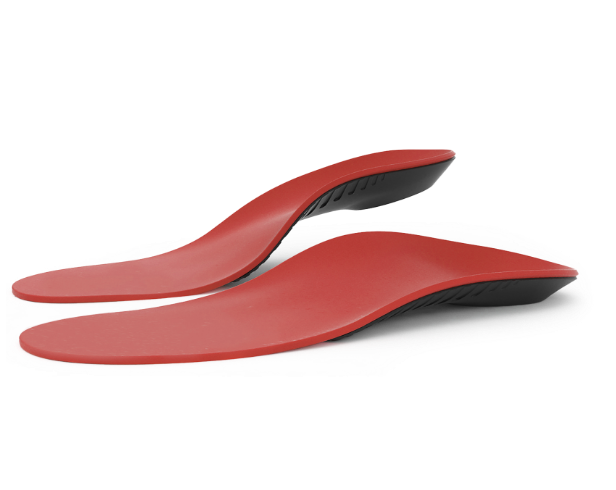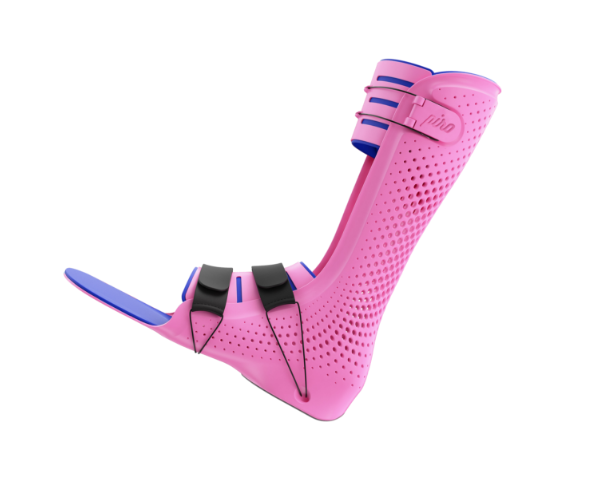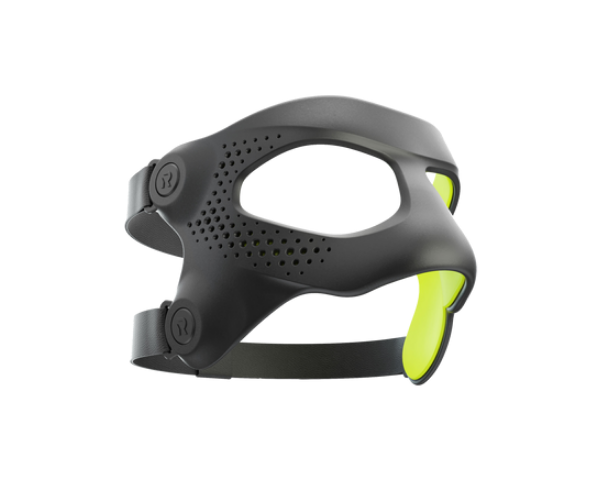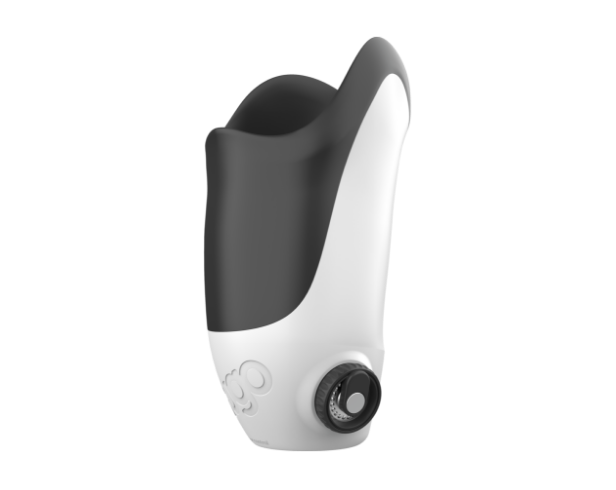3D Orthotic Products visits Invent Medical
3D Orthotic Products visited Invent Medical in Czech Republic with our UK partners to discuss the future of our products and services in the United Kingdom.
At 3D Ortho Pro, we are reshaping UK orthotics through 3D scanning and printing to deliver life-changing results. Using market-leading materials and techniques, our clinicians directly scan patients within minutes and work with them to create a 100% custom fit product with unrivalled performance, comfort, aesthetics and longevity.
Only UK 3D print supplier
99.7% printing accuracy
2 week arrival guarantee
Up to 95% less waste

Orthotics for foot pain
Watch the performance, control and healing process, step up with award-winning foot orthotics 8sole – designed 100% custom-made and cost-effectively to stand the test of time.

AFOs and SMOs for children with cerebral palsy and neurological conditions.
Piro lets children move freely and boosts their confidence through comfortable, thin, light and discreet AFOs and SMOs that are 100% personally designed to their foot, taste and lifestyle.

Face protective masks for sports-related face injuries
Helping athletes reach their full potential and confidence again, award-winning protective face mask Raptor is 100% custom fit to the face and injury type with its unique lightweight, breathable, unobstructive design.

TT prosthetic sockets for amputees
Giving amputees confidence and next-level comfort every day, lightweight 3D printed TT prosthetic sockets from Augo are 100% custom designed by experts with 30 years’ combined experience to put patients in control.
Orthotics for foot pain
Watch the performance, control and healing process, step up with award-winning foot orthotics 8sole – designed 100% custom-made and cost-effectively to stand the test of time.
AFOs and SMOs for children with cerebral palsy and neurological conditions.
Piro lets children move freely and boosts their confidence through comfortable, thin, light and discreet AFOs and SMOs that are 100% personally designed to their foot, taste and lifestyle.
Face protective masks for sports-related face injuries
Helping athletes reach their full potential and confidence again, award-winning protective face mask Raptor is 100% custom fit to the face and injury type with its unique lightweight, breathable, unobstructive design.
TT prosthetic sockets for amputees
Giving amputees confidence and next-level comfort every day, lightweight 3D printed TT prosthetic sockets from Augo are 100% custom designed by experts with 30 years’ combined experience to put patients in control.
3D scanning and printing truly exceeds traditional methods. The process lets clinicians scan on a sub-millimetre level, using algorithms to prepare and print, as well as revolutionary design possibilities to create 100% custom fit orthoses. With a process that reduces manual input and adjustments, it lets clinics streamline processes and reduce turnaround time.
It is predicted that one in three custom-made O&P products will be 3D printed by 2027. Ready to be part of the future?

Whether you are a clinician looking to revamp your technology, process or products, or wanting an innovative, 100% bespoke orthosis for yourself, we have got an award-winning range that will help you.